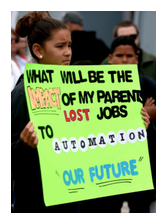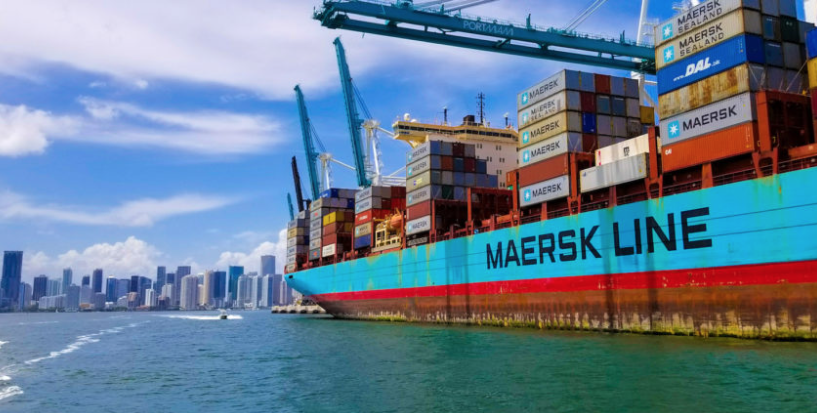CommentsLA WATCHDOG--On Thursday, July 11, the Board of Harbor Commissioners once again voted 3 to 2 to deny the appeal by the International Longshore and Warehouse Union (“ILWU”) of its decision to allow APM Terminals, a subsidiary of the giant Danish shipping company, Maersk, to proceed with an environmentally friendly $1.5 million infrastructure improvement plan to its multibillion operating marine terminal.
It will also allow Maersk to proceed, as planned, with its capital intensive program to introduce more efficient driverless electric cargo handlers.
This decision was reached after more than four hours in front of a boisterous audience of ILWU members and supporters in the cavernous Cruise Terminal Baggage Handling Facility of the Port of Los Angeles. It was also after the Los Angeles City Council had asserted jurisdiction on June 28 over this matter, vetoed the Board’s decision in a knee jerk fashion without considering any of the facts, and remanded the matter back to the politically appointed Board of Harbor Commissioners
The City Council also recommended the formation of a Blue Ribbon Commission to study automation at the Port of Los Angeles. This is an excellent idea as long as the Commission is independent and recognizes the ever evolving changes in the logistics of the supply chain from Asian manufacturers to American end users. This includes demands for cost savings, efficiency, speed, and reliability.
The Commission must also recognize that the Port is in a very competitive environment as witnessed by our 10 point loss in market share of containers shipped from Asia over the last 15 years. Ports on the East and Gulf Coasts are also increasing their efforts to steal our business now that the widening of the Panama Canal is complete and their container charges that are 50% lower than those in Los Angeles. Low cost and geographically desirable West Coast ports in Canada and Mexico also have a competitive advantage and are joining in the assault.
This price differential is expected to increase as the cost of Mayor Garcetti’s very expensive Clean Air Action Plan (with an estimated all-in cost of $14 billion by 2030 according to a recent study) is factored into the Port’s rate structure.
 While the loss of high paying jobs at the Port is an issue that must be addressed, the most disturbing aspect of this brouhaha is that the ILWU violated its member approved agreements with the terminal operators which allowed for automated equipment. In return, the ILWU received, according the Journal of Commerce, $800 million in increased wages and benefits (pensions) between 2008 and 2022.
While the loss of high paying jobs at the Port is an issue that must be addressed, the most disturbing aspect of this brouhaha is that the ILWU violated its member approved agreements with the terminal operators which allowed for automated equipment. In return, the ILWU received, according the Journal of Commerce, $800 million in increased wages and benefits (pensions) between 2008 and 2022.
All parties need to recognize that change is constant, especially in the competitive global environment where market forces are beyond the control of the ILWU, the terminal operators and shipping companies, the Port, and even City Hall. Rather, all parties need to realize that they are just part of the supply chain and must work together in this highly competitive environment and focus on maintaining and hopefully growing the Port’s market share so that ILWU members, other Port workers, the terminal operators, and the Southern California economy all prosper. The alternative is not pretty.
(Jack Humphreville writes LA Watchdog for CityWatch. He is the President of the DWP Advocacy Committee and is the Budget and DWP representative for the Greater Wilshire Neighborhood Council. He is a Neighborhood Council Budget Advocate. He can be reached at: [email protected].)
-cw
















